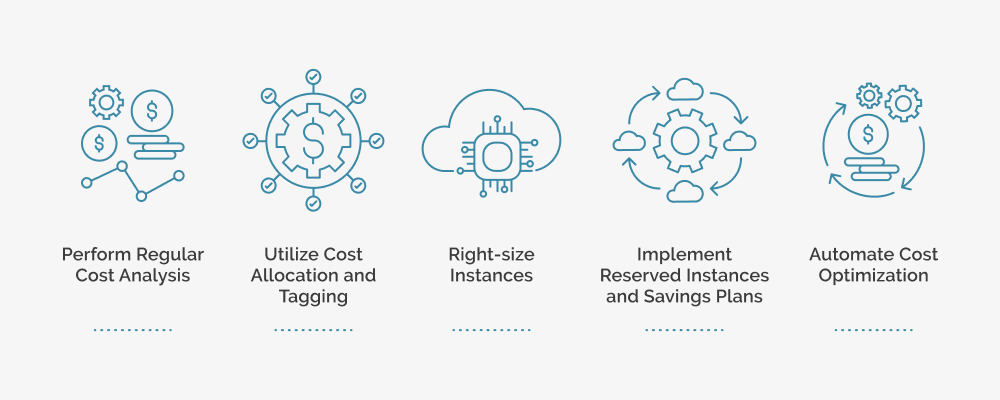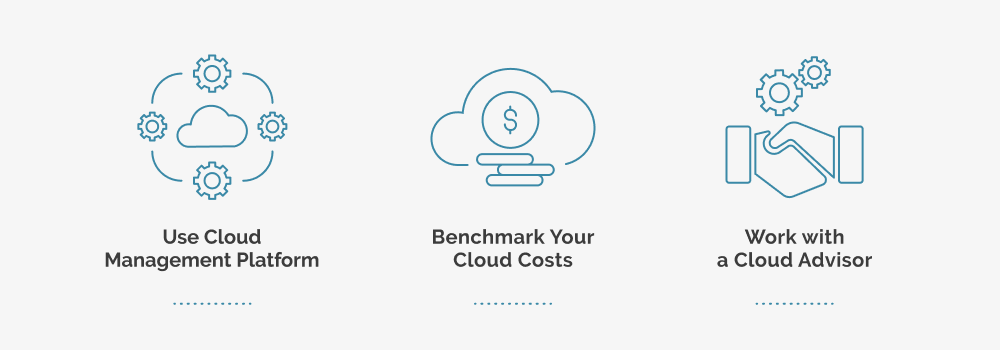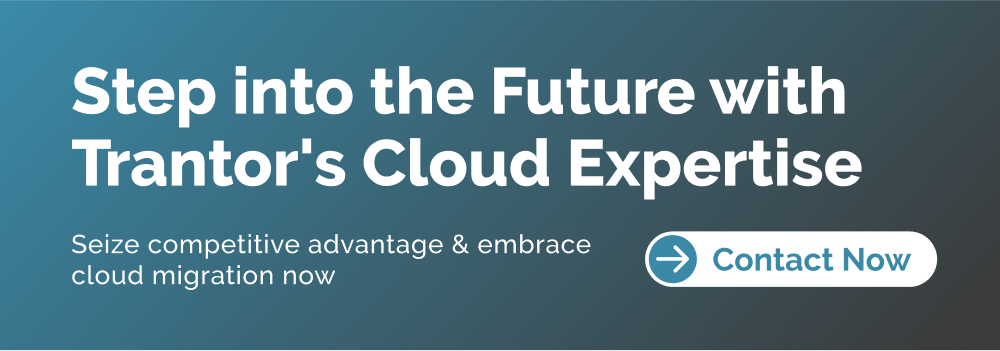Cloud, zBlog
The Key to Optimizing Multi-Cloud Spend Management
trantorindia | Updated: July 13, 2023

The cloud has become an essential part of the modern enterprise. In 2023, global spending on public cloud services is expected to reach $474.3 billion. However, managing multi-cloud environments efficiently while optimizing costs can be challenging.

Understanding the Multi-Cloud Landscape
According to Forbes, a vast majority of companies, precisely 90%, are destined to embrace a multi-cloud approach. A multi-cloud strategy uses multiple cloud computing services and platforms to meet business needs. Organizations leverage public, private, and hybrid clouds from various providers such as Amazon Web Services (AWS), Microsoft Azure, and Google Cloud Platform (GCP) to ensure flexibility, scalability, and redundancy in their IT infrastructure.

The Importance of Optimizing Multi-Cloud Spend
While the benefits of adopting a multi-cloud approach are undeniable, it’s crucial to manage and optimize the associated costs effectively. Without proper oversight, organizations risk overspending on underutilized resources or falling victim to vendor lock-in, where switching between providers becomes a complex and costly process.

According to State of Cloud Strategy survey, 76% of organizations use a multi-cloud strategy. The study also found that the average organization wastes $50,000 monthly on unused cloud resources.”
Best Practices for Multi-Cloud Spend Optimization

Organizations can follow many best practices to optimize their multi-cloud spending. These include:
- Perform regular cost analysis: Conduct a regular cost analysis to gain visibility into your multi-cloud spending. Evaluate your cloud infrastructure, identify areas of potential cost optimization, and implement changes accordingly.
“Cloud spend management is not a one-time project; it’s an ongoing journey.” – Sandy Carter, SVP of AWS Marketing.
“Organizations that perform regular cost analysis can save an average of 10% on their cloud costs.” – PwC.
- Utilize cost allocation and tagging: Implement a robust cost allocation and tagging strategy across your multi-cloud environment. Assign appropriate tags to resources, such as departments, projects, or teams, to gain granular insights into usage patterns. This practice enables you to allocate costs accurately, identify cost drivers, and optimize spending based on specific business needs.
“The key to multi-cloud spend optimization is visibility and control.” – Mike Roberts, CEO of Cloudability.
- Right-size instances: Optimize the size and capacity of your cloud instances to align with workload requirements. Rightsizing involves matching the computing resources to the actual needs of your applications. You can significantly reduce costs without sacrificing performance by eliminating over-provisioning or underutilization.
“The average organization wastes $50,000 per month on unused cloud resources.” – Dimensional Insight.
- Implement reserved instances and savings plans: Take advantage of reserved instances or savings plans offered by cloud providers. These offerings provide significant discounts for committing to usage over a specified term. By reserving capacity in advance, you can achieve substantial cost savings and maintain predictability in your multi-cloud expenditure.
“Organizations that use savings plans can save an average of 15% on their cloud costs.” – Forrester.
- Automate cost optimization: Leverage automation tools and scripts to streamline cost optimization processes. Implementing infrastructure as code (IaC) and utilizing cloud-native services like AWS Lambda or Azure Functions can help automate resource scheduling, scaling, and rightsizing tasks. Automation not only improves efficiency but also reduces the chances of human error.
“Organizations that automate their cloud cost optimization can save an average of 20% on their cloud costs.” – McKinsey.
Conclusion
Optimizing multi-cloud spend management is vital for organizations seeking to maximize the value of their cloud investments. By following the best practices outlined in this article, you can take control of your multi-cloud expenditure while ensuring optimal performance and flexibility.

Recommendations

In addition to the best practices outlined above, organizations can also consider the following recommendations to optimize their multi-cloud spending:
- Use a cloud management platform: A cloud management platform can help you to gain visibility into your multi-cloud environment, track your cloud spending, and identify opportunities for cost optimization.
- Benchmark your cloud costs: Benchmarking your cloud costs against other organizations can help you to identify areas where you can improve your efficiency.
- Work with a cloud advisor: A cloud advisor can help you to develop a cloud strategy that meets your specific business needs and optimize your cloud spend.

By implementing these strategies and following the best practices outlined in this article, you can optimize your multi-cloud spending, maximize cost savings, and achieve better financial control over your cloud resources. Remember, effective multi-cloud spend management is a competitive advantage enabling you to allocate resources efficiently, reduce waste, and focus on driving innovation and growth.



